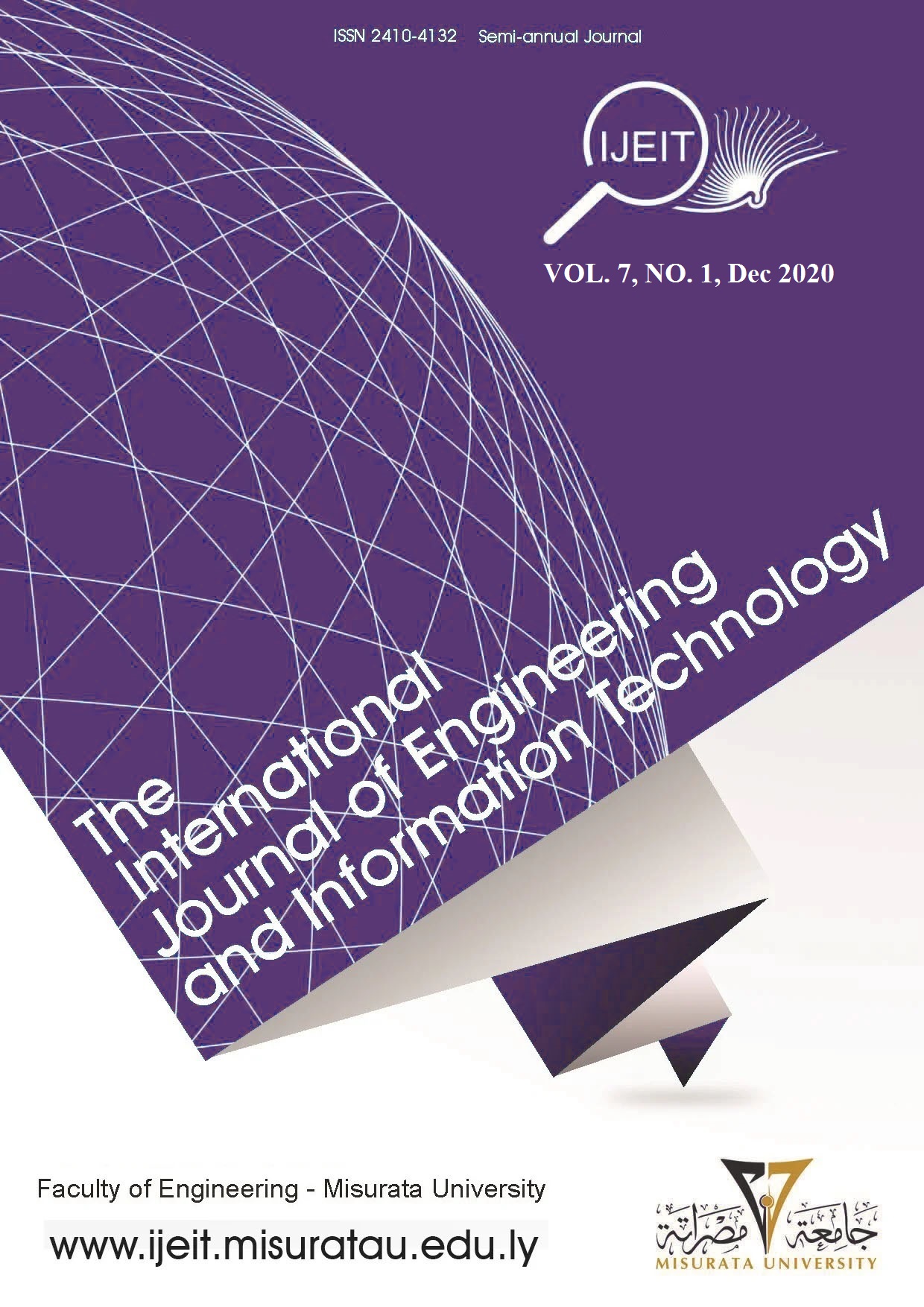A Quantitative Numerical Study for the Interaction of Strong Shock Waves with Heterogeneous Bubbles
DOI:
https://doi.org/10.36602/ijeit.v7i1.234Keywords:
compressible two-component flow, six-equation model, HLL Riemann solver, density ratio, interface evolution, Richtmyer-Meshkov instability, shock-bubble interactionAbstract
A qualitative and quantitative numerical study of compressible flows characterized by various physical properties jumps across the interface is presented in this work. Interactions of strong planar shock waves of high Mach numbers (1.5 ≤ Ma ≤ 3) with cylindrical gas bubbles are examined under re-shock conditions. Three distinctive gas bubbles which are Helium, Nitrogen and sulfur-hexaflouride surrounded by air that produce heavy/light, close molecular weight and light/heavy configurations are considered. To capture the interface evolution in two-component flows a diffuse interface technique is utilized. A numerical algorithm is constructed to solve the reduced hyperbolic six-equation model with a single velocity and two pressures. The approximate HLL Riemann solver scheme is used with an extended second order finite volume Godunov type approach. The non-conservative equations and terms which are essential part of the model to accomplish the interface conditions are considered by the implemented numerical scheme. The computed results using a moderate shock velocity (Ma = 1.5) moving through an open shock tube are compared with published experimental data. The computations are extended to consider both high Mach numbers and re-shock conditions. The physical behavior of these various flow systems is reproduced by the obtained results. All investigated cases show the effect of molecular weight, density and Mach number on the interface evolution and the vortex formation.
Downloads
Downloads
Published
Issue
Section
License
Copyright (c) 2024 The International Journal of Engineering & Information Technology (IJEIT)

This work is licensed under a Creative Commons Attribution-NonCommercial-NoDerivatives 4.0 International License.













